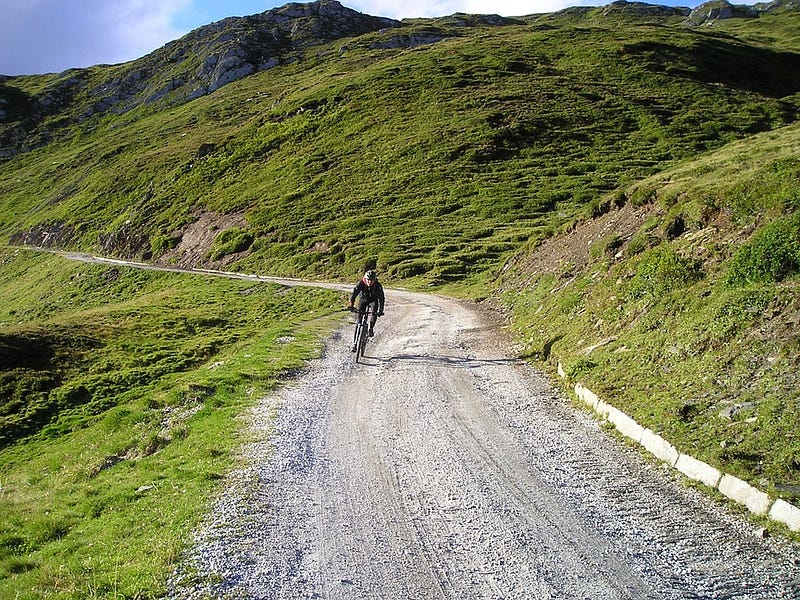Roman Roads: Built to Last
By Sanjana Mishra, Computer Science, 2023

The Roman Empire is iconic in history books, spanning from Morocco in the south to Great Britain in the north, and Portugal in the west to Iraq in the east. Keeping such a large empire in check proved to be a challenge, leading the Romans to develop a practical solution — roads.
Although we consider roads to be a basic amenity in our lives, the Romans were the first to take an idea that had been around since the Bronze Age and implement it at such a large scale and with such determination. These roads, some of which were built as long ago as 312 B.C., carried people, goods, and ideas across the entire empire — and some of them are still in use today. The answer to their longevity lies in the precision and thoroughness of Roman engineering.
These roads, some of which were built as long ago as 312 B.C., carried people, goods, and ideas across the entire empire — and some of them are still in use today.
Roman engineers would challenge themselves to build as straight a road as possible from point A to point B, regardless of the terrain, often employing complex geometry to ensure that the road was as straight as possible. Roman surveyors would use a tool called a groma to ensure that they were following a straight line in open terrain. A groma is made up of two pieces of wood of equal length nailed together in a way that forms a cross. This ensures that they are right angles in all of the corners. Each piece of wood also has lead weights attached to the end — when one lead weight on the same piece of wood correctly lines up with the one in front of it, the user knows the line is straight. The surveyors would then set up wooden markers to indicate the path of the road. Engineers drained marshes, fell forests, cut into mountains, built bridges across rivers, and more in order to build the straightest roads possible.
When it came to the actual building, the Romans used a three-layer system to ensure that the roads would be sturdy. The first layer consisted of mud, stones, rough gravel, and crushed bricks on a level surface, followed by sand or fine gravel. The last layer was made up of gravel or concrete. These roads were large enough for two wagon carts to pass side by side, and were built with sloping slightly upward to allow water to drain off the sides. The Roman engineers put so much thought into the terrain and preserving the roads that they cut grooves into mountain roads to prevent travelers from slipping and the stones from eroding. The Romans were so meticulous about upkeep that they had markers along the side of the road indicating who was in charge of that particular section of the road and when the last repair was.
The Romans were so meticulous about upkeep that they had markers along the side of the road indicating who was in charge of that particular section of the road and when the last repair was.
These roads were used by everyone, from laborers to merchants to emperors, but were a particularly effective tool for the military. The empire was able to deploy and assemble troops and a quick and efficient manner due to the efficient network of highways and paths. The straight avenues promoted quick and easy communication as well; couriers at the time could easily travel up to 60 miles a day. These roads facilitated a cultural exchange across the empire, promoted trade and made communication much easier. The empire was a patchwork quilt of different people of different cultures and ethnicities. Being able to travel from one side of the empire to the other helped unify the people and create a sense of belonging.
Even today, roads, highways, expressways and interstates form the circulatory system of our nation. Whether it’s going to work or visiting friends, we still use roads to connect us to others around the country. However, we must also look beyond the benefits of the roads themselves, and onto the innovative techniques developed by the Roman engineers — techniques we still use today. The Romans pioneered important aspects of road building, such as tunnel construction, leveling, land excavation and reclamation, and transportation of materials — all techniques we have improved on to build the smooth roads we use today. The Romans strived to leave their mark on the world — by building roads built to last, they did exactly that.
